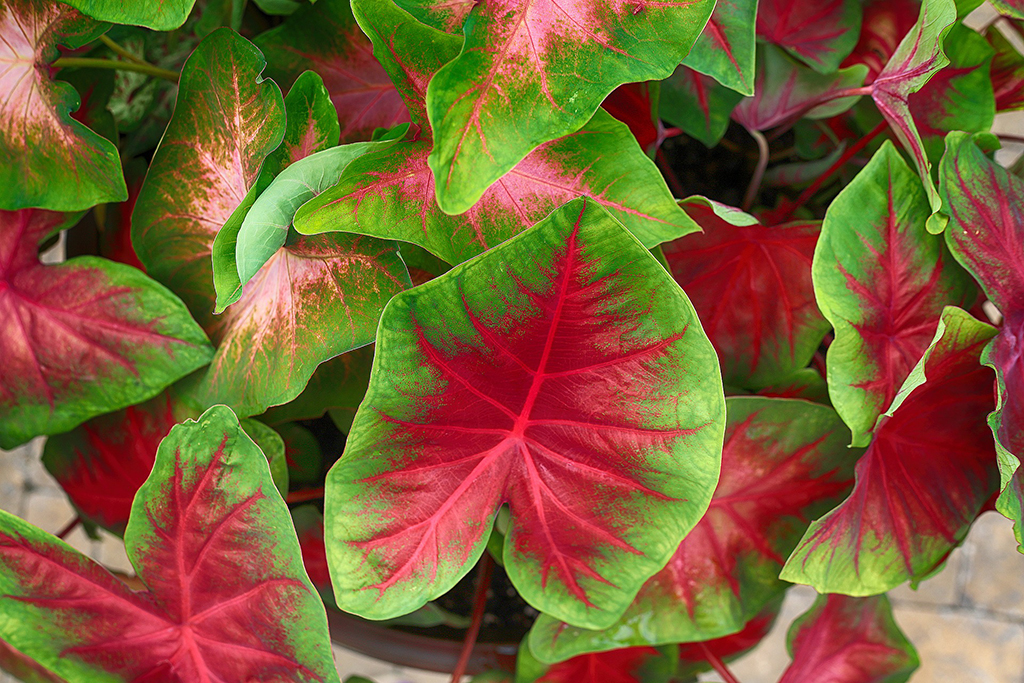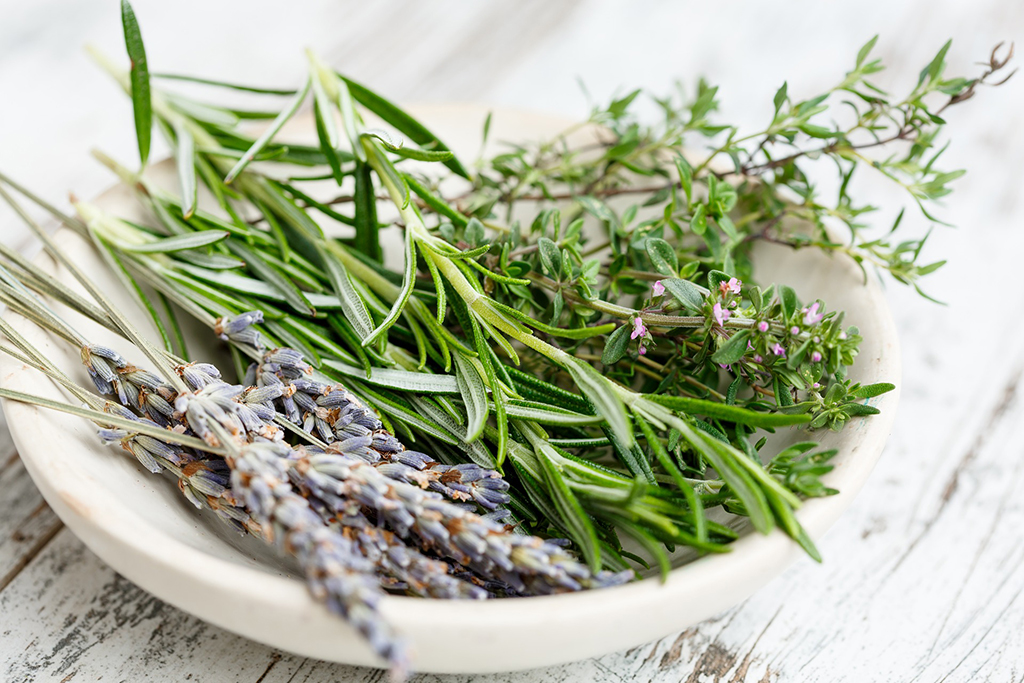The summer is finally here, and for many of us that means longer days, warmer weather and a greener garden. Unfortunately, the summer also means more pollen.
For hay fever sufferers, getting through the summer months can be a daunting prospect, the itchy eyes and runny noses making everyday chores a task. So here are a few simple tricks for pollen-proofing your garden and curbing those seasonal
allergies.
Low-pollen alternatives
While sneezing fits are annoying, the thought of removing every pollen-producing plant can be a struggle for a lot of gardeners. Many worry that making such as large number of plants off-limits will result in a drab-looking, homogenous plot. However, restricting yourself to fewer flowering plants needn’t be stressful.
There are plenty of low-allergy plants that are every bit as beautiful as their pollen-heavy counterparts, and you can find lots of low-allergy plant guides online that provide a comprehensive breakdown of the plants, bushes, trees and vines that are suitable for those with hay fever and asthma.
Grass
If you’re lucky enough to live in the countryside or a particularly verdant area, your garden is probably home to a pollen type many gardeners neglect to consider: grass.
This unsuspecting plant is often overlooked, despite causing up to 95% of all seasonal allergic reactions. It also has an impressive 5-month season.
For those of you with an increased sensitivity to grass pollen, maintaining your lawn can help to reduce its impact and, in extreme cases, may require you to replace your lawn with an alternative like AstroTurf or ornamental paving.
Foliage

Caladium
Foliage can help to add colour and variety to your garden without upping the pollen count. Bromeliads and caladiums are a great option, with their brightly coloured variegated leaves.
Succulents are becoming increasingly popular as well. Aloes are perfect for hay fever sufferers as they can be pruned to limit their pollen production. You can also bed air-purifying plants like lady palm and peace lilies.
Vegetables
Lots of gardeners plant hostas and heucheras for their foliage. But there’s one group of plants with foliage that is just as attractive but rarely makes it into our beds – vegetables.
Vegetables are both practical and attractive. Many varieties feature bold colours and can actually help to lower the pollen count in your garden. Red-leaved lettuces and brassicas are an excellent choice for beginners.
Planting tomatoes in specially designed grow bags is really simple, too, and will add colour to your garden and sweetness to your salads.
Herbs

A selection of herbs
Herbs present a wonderful array of shapes and colours, and are the perfect accompaniment to many of the vegetables we just mentioned.
Stephanie Harrod, a keen kitchen gardener and blogger, says growing herbs at home can be great fun: ‘These lightweight aromatic plants smell beautiful and bring home-cooking to life. It may surprise you to learn that many herbs are low in pollen as well. To grow your own, sow your seeds in well-drained, moisture-retentive soil, and keep a few containers near your home for easy picking.’
Water features
If you enjoy a water feature in your garden but suffer from hay fever, it’s important to note how the water flows from the spout, as some water features can create air currents that whip up pollen and make your allergies worse.
Those that spray water from large spouts are best avoided. Instead, pollen-sensitive gardeners should opt for water features that allow the water to trickle over a smooth surface.
Early morning gardening
Pollen counts are at their highest between 5am and 10am, making the cooler evening periods more suitable for gardeners with hay fever. For those of you who are more determined to undertake a spot of gardening during the early hours, avoid
gardening on warm, dry, windy days and wait for a heavy downpour to clear the air of those nasty pollen particles.
Alternatively, consider taking antihistamines or using protective clothing like gloves, goggles and dust masks.
Updating your garden with low-pollen alternatives is more viable than ever, with hybrid varieties, real-looking artificial lawns and plenty of free advice online.
Combining this knowledge with our gardening tips should help you to cultivate a garden that’s perfect for those with a sensitivity to pollen and make your favourite pastime more enjoyable.
TAGS

